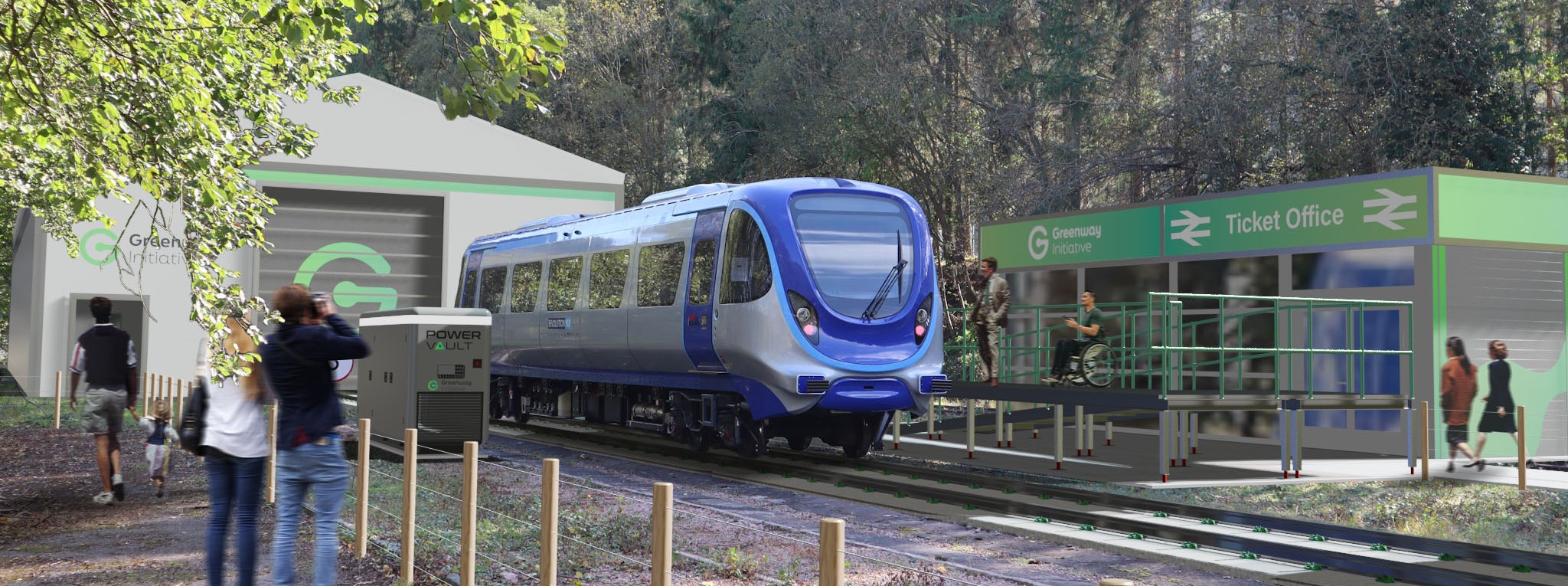Very light rail (VLR) is a disruptive technology solution for the rail industry with the vision to deliver lightweight, energy efficent rail vehicles offering low manufacturing and operational costs.
Lightweight vehicles, infrastructure & thinking
What is Very Light Rail (VLR) 
What is Very Light Rail
(VLR) 
Very light rail (VLR) is a disruptive technology solution for the rail industry with the vision to deliver lightweight, energy efficent rail vehicles offering low manufacturing and operational costs.
Up to 80%
cheaper
Cheaper
Lightweight vehicles drive materially lower infrastructure costs for both government and operators.
3x
Faster to Deploy
Rapid Deployment
Modular approaches exploiting digital technologies deliver rapid infrastructure deployment.
Battery propulsion
Zero-Emission
Lightweight vehicles reduce power requirements, making battery solutions easier to deploy and more energy efficient.
Heavy Rail vs Very Light Rail
COST OF OPERATION
Up to 80% cheaper
Traditional mass transit infrastructure costs between £25-£50 million per kilometre, demanding expensive facilities, higher manufacturing costs and large teams of people to operate and maintain.
New Track Deployment
£25-50 million
per kilometre
Operational Cost
£180-225 million
over 35 years
New Track Deployment
£10 million
per kilometre
Operational Cost
£120 million
over 35 years
Transport Generates
22%
Global greenhouse gases
Transport Generates
35%
Partivulate emissions
Lower Propulsion
40%
Lighter
Battery Technology
Zero-emission
Operation
Net-Zero
All electric trains
Research shows that transport is responsible for generating over 22% of global greenhouse gases and around 35% of particulate emissions. Rail authorities in the UK, EU, and North America have committed to delivering a net zero rail network by 2050. As part of this initiative, the UK aims to remove all diesel-only trains from its network by 2040.
Net-Zero
All electric trains
Research shows that transport is responsible for generating over 22% of global greenhouse gases and around 35% of particulate emissions. Rail authorities in the UK, EU, and North America have committed to delivering a net zero rail network by 2050. As part of this initiative, the UK aims to remove all diesel-only trains from its network by 2040.
Transport Generates
22%
Global greenhouse gases
Transport Generates
35%
Partivulate emissions
Lower Propulsion
40%
Lighter
Battery Technology
Zero-emission
Operation
SPEED OF DEPLOYMENT
3x quicker to deploy
As well as being expensive to operate heavy rail infrastructure can take years to deploy, with some recent UK projects taking over 7 years to complete. Heavier vehicles require heavier track form, larger facilities, higher budget, and more people. Leading to massive disruptions in service and some projects being axed all together.
New Design & Development
18-27 months
Vehicle readiness
Track & Facilities
10 months
Planning & construction
New Design & Development
6-9 months
Vehicle readiness
Track & Facilities
up to 6 months
Planning & construction
Very Light Rail (VLR) Infrastructure
Hover over the elements to find out what makes up a very light rail ecosystem.

Maintenance Shed
An innovative, rapidly deployable, and water-tight storage facility.
Passenger Environment
We prioritize passenger comfort, accessibility, and sustainability.
Revolution VLR Train
RVLR is the development of next generation, ‘very light rail’ technology.
Platform
A swiftly assembled modular train station platform.
Stations
A modular easily and efficiently assembled solution providing rail passengers with comfort and convenience.
SmarTrax Trackform
Intelligent track solution

